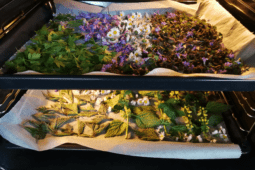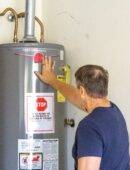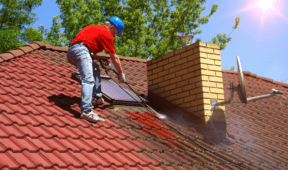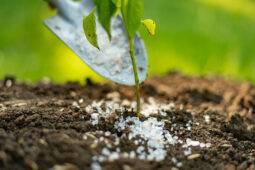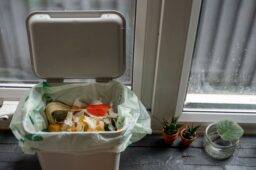Winter Maintenance Experts Warn: Overusing Salt Could Cost You Big
Salt is the go-to solution for icy sidewalks and driveways, but using too much can have serious consequences. While it helps prevent slips and falls, excessive salt application can lead to costly damage to your property, the environment, and even your wallet. Experts in winter maintenance caution that more isn’t always better when it comes to de-icing and understanding the right way to use salt can save you from unnecessary expenses and long-term problems.
Instead of overloading surfaces with salt, homeowners should focus on smarter winter maintenance strategies. From preventing concrete damage to protecting local ecosystems, taking a balanced approach can keep your property safe without unwanted side effects. Here’s what you need to know about why overusing salt is a mistake and how to manage ice removal effectively.
1. Salt Can Damage Concrete and Asphalt
One of the biggest risks of excessive salt use is the damage it causes to driveways, sidewalks, and roads. Salt lowers the freezing point of water, which leads to repeated freeze-thaw cycles that weaken concrete and asphalt over time. This can cause cracks, potholes, and costly repairs, especially in areas that experience frequent temperature fluctuations.
Newer concrete surfaces are particularly vulnerable to salt damage, as they haven’t fully cured and are more porous. Instead of relying solely on salt, consider using sand for traction or applying a sealant to protect your surfaces from winter’s harsh effects. Proper maintenance can extend the lifespan of your pavement and save you from expensive fixes.
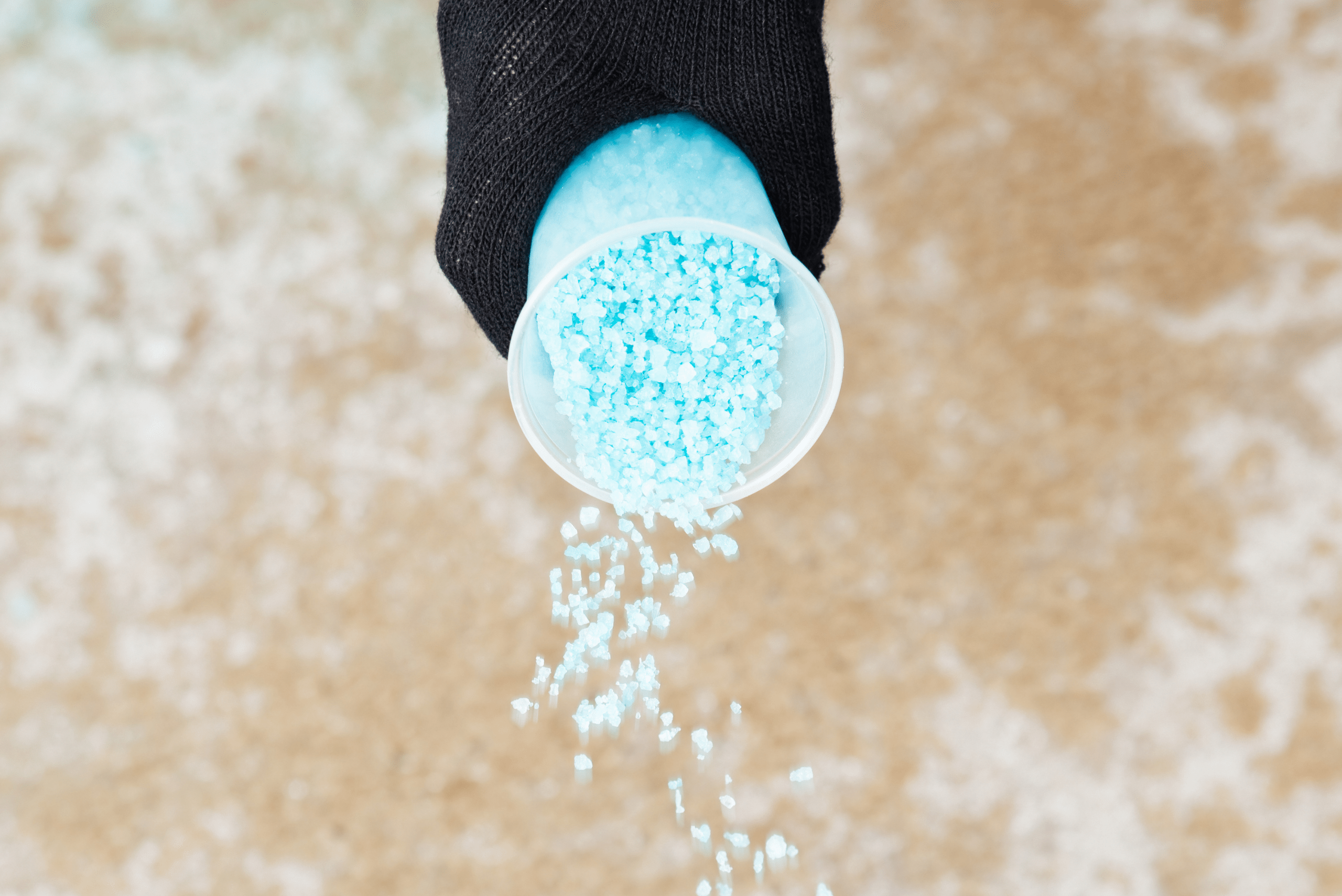
2. Overuse Harms Plants and Soil Health
Salt doesn’t just stay on the pavement; it also affects nearby soil and vegetation. When excess salt washes into lawns and gardens, it disrupts the natural balance of nutrients in the soil, leading to poor plant growth and even plant death. High salt concentrations can prevent roots from absorbing water properly, making it difficult for plants to recover once winter ends.
If you notice brown or dead patches on your grass or shrubs near treated walkways, salt buildup could be the culprit. To mitigate damage, use calcium magnesium acetate (CMA) or beet juice-based de-icers, which are less harmful to plant life. Additionally, shoveling as much snow as possible before applying salt reduces the amount needed.
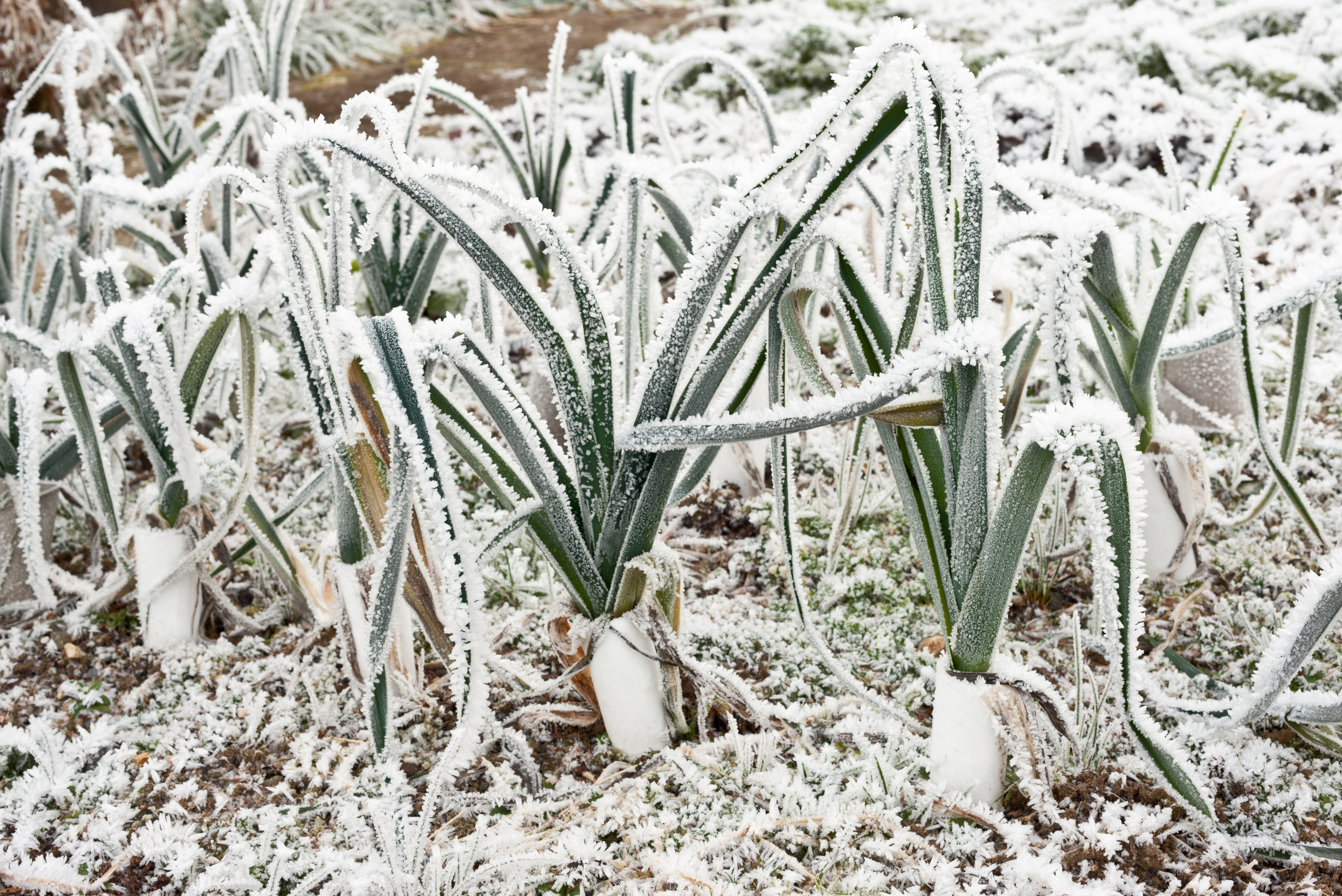
3. Salt Pollutes Local Waterways
Excess road salt eventually finds its way into storm drains, which lead to rivers, lakes, and groundwater. High salt levels in freshwater ecosystems can be toxic to aquatic life, disrupting food chains and harming fish, amphibians, and other wildlife. Even small increases in water salinity can have long-term environmental consequences.
To minimize your impact, apply only the recommended amount of salt and sweep up any excess after ice melts. Some communities also encourage the use of alternative de-icers, such as sand or brine solutions, which reduce the amount of salt needed while still improving safety on icy surfaces.
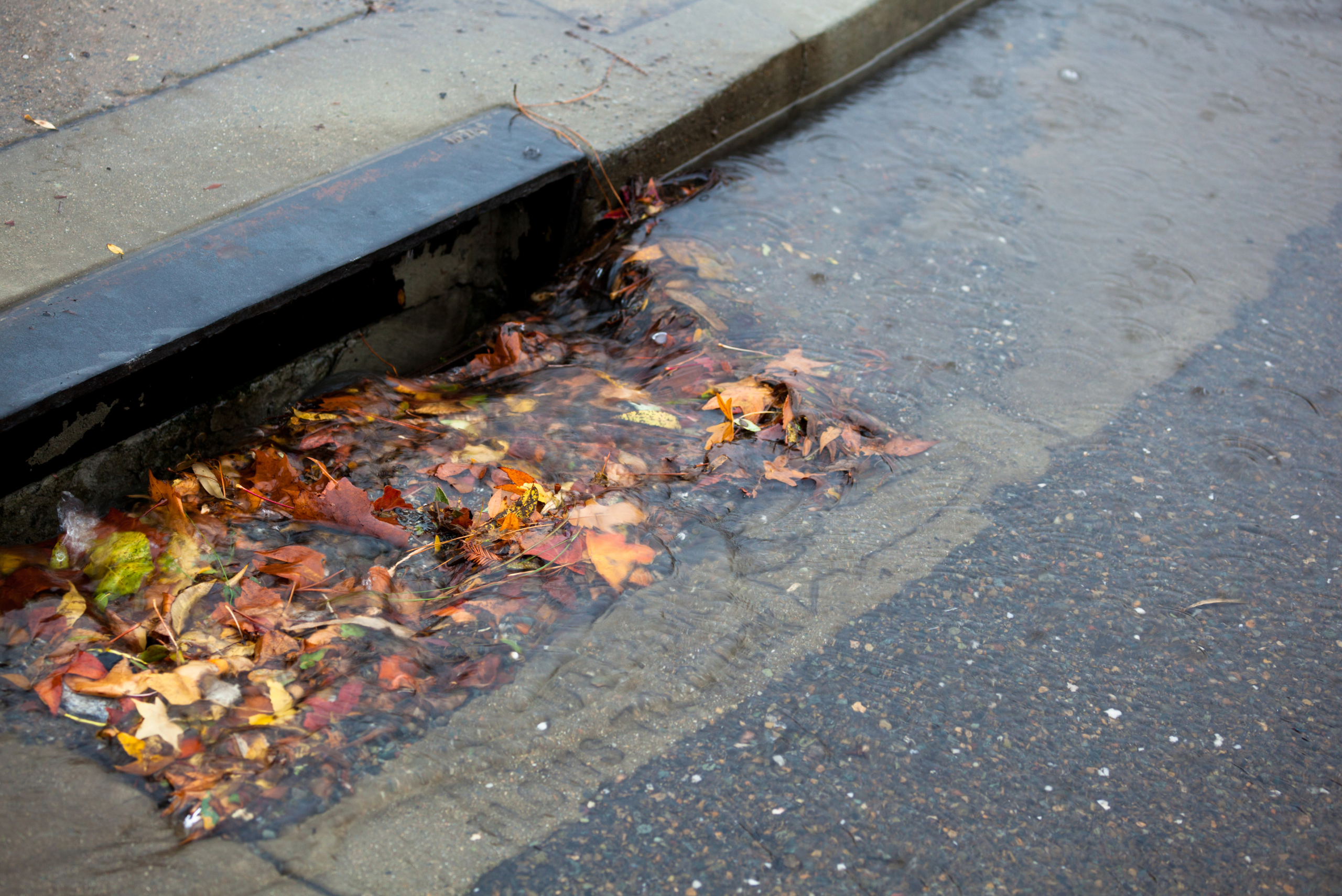
4. It Can Corrode Metal and Damage Vehicles
Salt is highly corrosive and can eat away at metal surfaces, leading to rust and structural damage. Cars, bicycles, and outdoor furniture are particularly vulnerable to salt exposure, as residue from treated roads and sidewalks sticks to metal components. Over time, this corrosion weakens the integrity of vehicles and equipment, leading to costly repairs or replacements.
Washing your car regularly during the winter, especially the undercarriage, helps remove salt buildup and prevent rust. Additionally, parking in a garage or using protective sprays on metal surfaces can provide extra defense against salt-related deterioration.
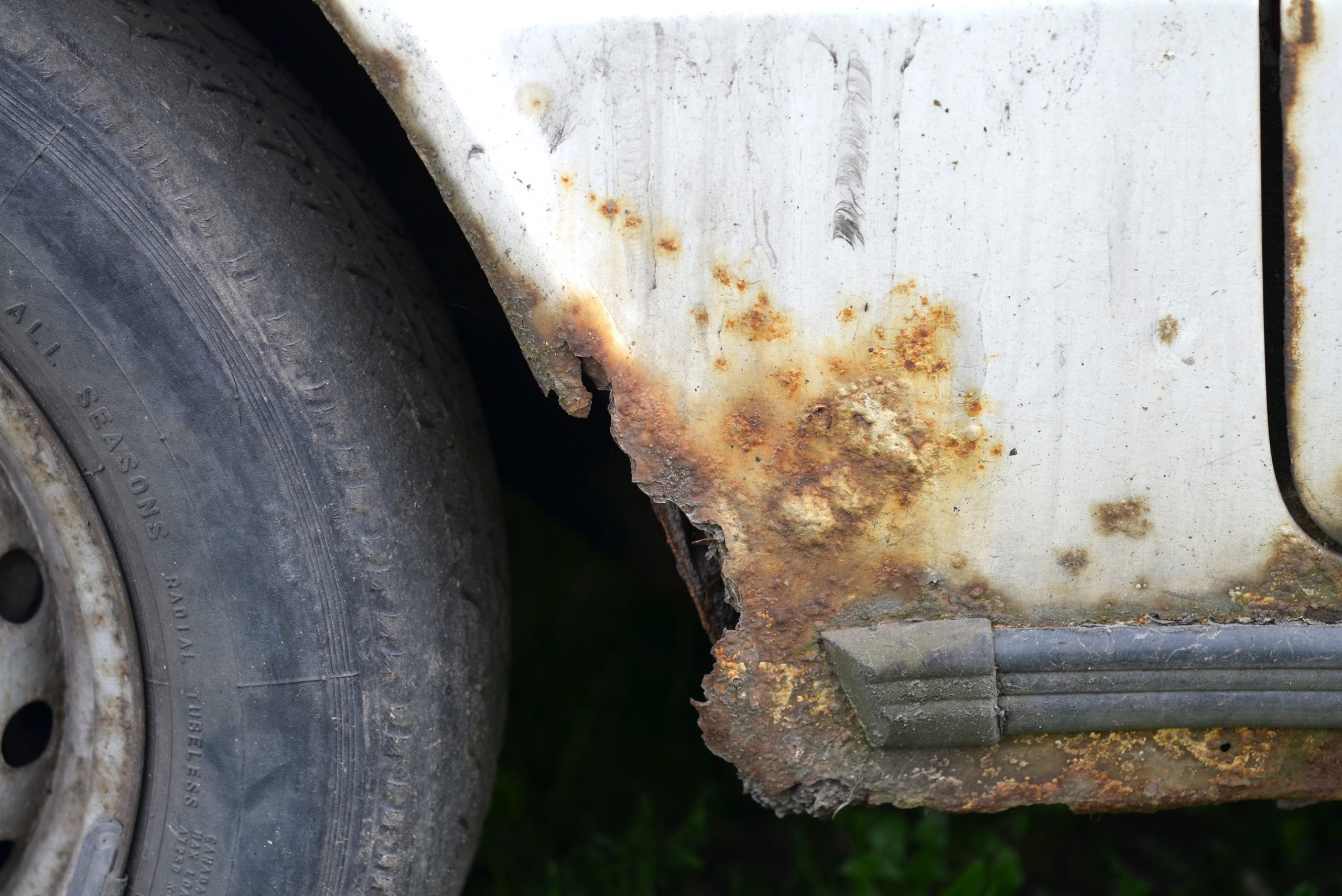
5. You’re Likely Wasting Money
Overusing salt isn’t just bad for the environment and your property; it’s also an unnecessary expense. Many homeowners apply far more salt than needed, mistakenly believing that more will work faster or better. However, most salts are only effective at temperatures above 15°F, and excess granules do little more than create waste.
To make your salt supply last longer, spread it evenly in small amounts and use alternative methods like sand or kitty litter for extra traction. Investing in a proper snow shovel or using a snow blower before applying de-icer can also help reduce the amount of salt needed, cutting costs while still keeping surfaces safe.
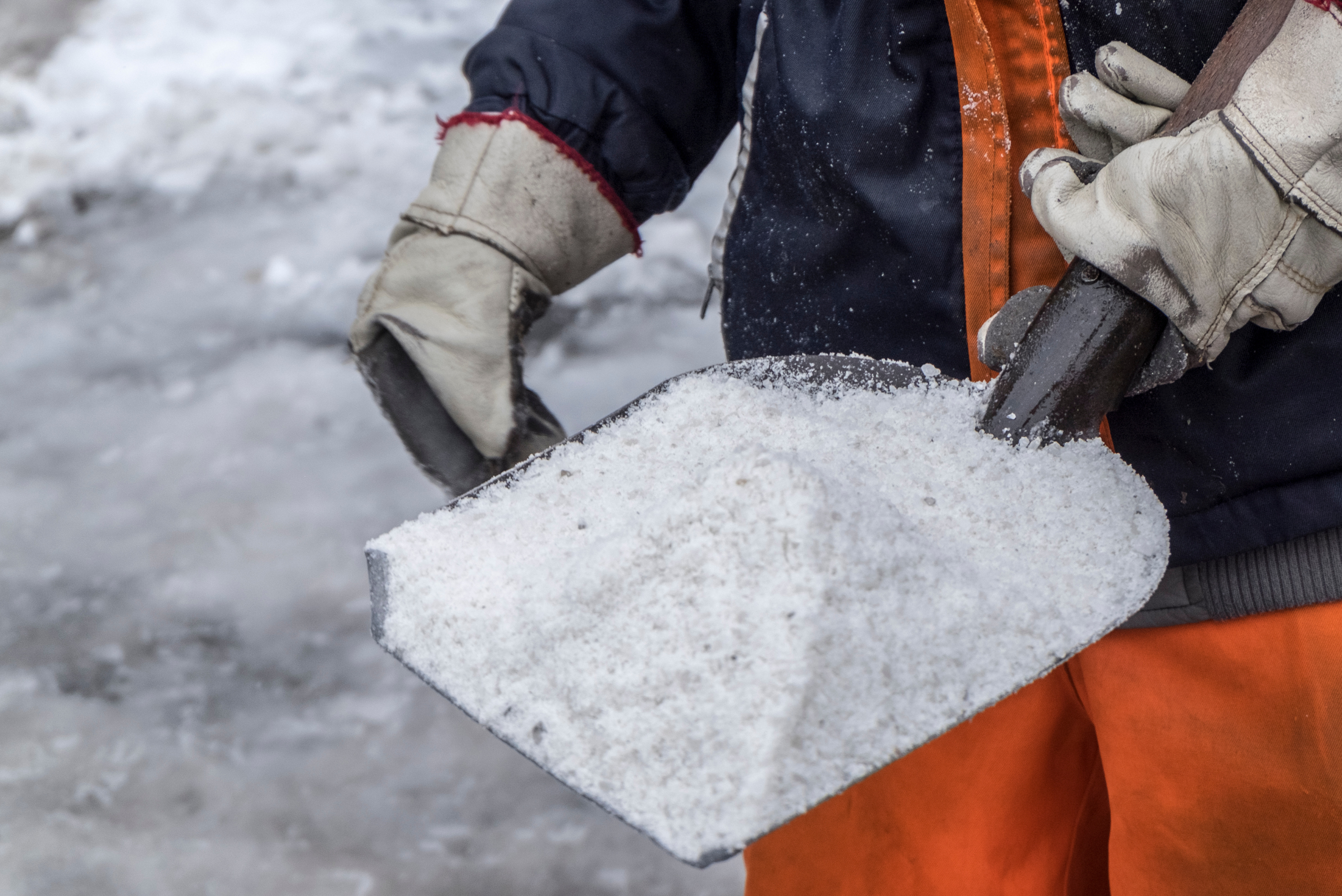
Related Articles
- 5 Effective Alternatives to Melt Ice Without Salt
- How to Remove Salty Streaks From Your Floor
- Does Epsom Salt Really Work for Melting Driveway Ice?
While salt is an essential tool for winter safety, overusing it can lead to serious financial and environmental consequences. Damaged concrete, dead plants, polluted waterways, corroded metal, and wasted money are just a few of the downsides of excessive salt application. By using salt responsibly and incorporating alternative de-icing methods, you can protect your property, save money, and reduce your environmental footprint.

